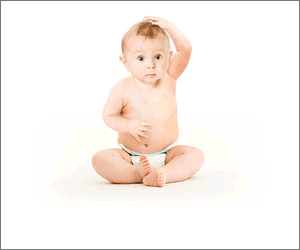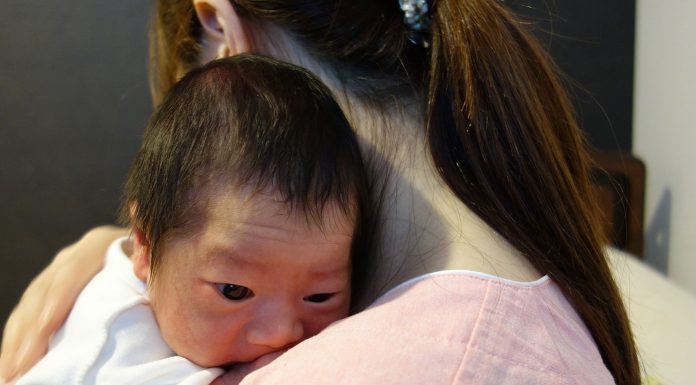Housing Minister Phil Twyford has released a “sobering” stocktake on housing which has found homelessness was worse than thought and there was a growing “floating” population of people in insecure housing.
It warned that New Zealand was “quickly becoming a society divided by the ownership of housing and its related wealth”.
It also showed home ownership had slumped dramatically since the 1980s – especially among Pacific and Maori people – and Auckland’s housing problem was created by a mix of population growth, partly fuelled by migration, and the construction and land development sectors “hindering” housing affordability.
It also pointed to a potential time bomb in the impact on housing affordability on the elderly, finding the proportion of older people who were living in mortgage-free homes had dropped from 86 per cent to 72 per cent since the 1980s.
The housing report was authored by economist Shamubeel Eaqub, University of Otago Professor of Public Health Philippa Howden-Chapman and the Salvation Army’s Allan Johnson.
‘Sobering’ reading
Twyford said it was “sobering”.
“It paints a sobering picture of the devastating impacts of the housing crisis, particularly on children. Homelessness, transience and substandard housing have had a lasting and sometimes even deadly effect on our youngest.”
It included discussion of the “hidden homeless” population that is not officially monitored or recorded.
However, community emergency housing providers report they are at full capacity, and their data from last year indicates that for every 10 homeless people that approach them, eight to nine are turned away.
The report shows homelessness was worse than previously thought and that 80 per cent of homeless people turning up to community emergency housing providers in the last year were turned away.
It brings together figures across a number of areas including homelessness, the rental market, housing affordability – including the rising costs relative to wage increases – and housing supply nationwide, with a specific focus on Auckland.
The report warns of a burgeoning “floating population” – people without safe and secure housing, including in temporary housing, sharing with another household, or living in uninhabitable places.
Greater awareness of the issue, along with more information campaigns about where to get help, is expected to lead to reported homelessness getting worse.
The report is intended as analysis of the housing issue, and is not expected to make any recommendations for action.
One indication of the extent of the crisis in the report is an extra 2000 pensioners receiving the accommodation supplement last year.
‘Pipeline of homelessness’
Alan Johnson of the Salvation Army was one of the report’s authors. He warned that homelessness would get worse before it got better.
“We believe there’s a pipeline of homelessness still in existence. There will be some time yet before we see the numbers in transitional housing tapering off. We believe it will get worse before it gets better.”
He had looked at housing assistance programmes, homelessness and transitional housing. He said the previous National Government’s reforms in the area of social housing and state housing were “poorly funded and poorly executed”.
“It’s apparent to us that one of the problems we’re had in social housing or state housing areas was that the previous government’s reform agenda was in parts an essential programme in terms of rejuvenation of housing stock, but the reality is it was poorly funded and poorly executed.”
Johnson said reform of the Accommodation Supplement was needed, beyond the increase due mid-year under the Government’s families package as hundreds of thousands were dependent on it.
He said abatements created ”poverty traps” and the current system was arbitrary and could act as a disincentive for people to take on part-time work.
He said there should be a preference for fixed-term tenures, rather than periodic, and those should provide a way to moderate rent increases.
The Tenancy Tribunal was funded from the interest off tenants’ bonds, yet it was landlords who used the Tribunal more. That funding should be used more for tenants’ rights, he said.
Otago University Public Health professor Philippe Howden-Chapman said the numbers of children who did not live in homes owned by their families had grown.
“This has fundamentally major consequences for stability in communities.”
She said in Otago’s “Living in New Zealand” long-term study, those who had not lived in stable housing as a child had faced different consequences than others.
She said little work had been done on the social costs of substandard housing in New Zealand and it was beneficial for the government to be looking at the consequences of housing on the wellbeing of people.
Economist Shamubeel Eaqub has hit out at the Labour Government’s fiscal responsibility rules, saying it was acting as a “straitjacket” on it and debt could be used to reform the housing market.
Eaqub was one of the authors of a housing stocktake commissioned by the Government to help guide housing policy.
Eaqub said investment was needed in infrastructure and housing such as the KiwiBuild programme yet the Government was restricted because of the fiscal responsibility rules.
He said the infrastructure issue could be resolved by “borrowing s***loads of money” and only a “fiscal idiot” would not have been borrowing money in the current climate or over the past decade.
Labour and the Greens both signed up for fiscal responsibility rules requiring the Government to stay in surplus and to gradually reduce government debt relative to GDP to 20 per cent.
Housing report: key points
• Population has outstripped housing growth by 2.1 per cent
• New Zealand has 1.9 million private homes with average of 2.6 people per dwelling • 574,000 households are renting
• Rents for three-bedroom houses rose 25 per cent 2012-17, but wages just 14 per cent
• 32 per cent of rental properties are “poorly maintained”
• 29 per cent of households struggle to afford power bills, spent a large portion on the bill, or felt cold
• Number of children under 15 living in rentals up 65 per cent between 1986 and 2013
• Child asthma estimated to have cost $58.3m in 2013
• Between 1991 and 2013 the proportion of Maori renting privately rose from 41 per cent to 77 per cent and for Pasifika from 27 per cent to 56 per cent.
• “This rise appears to be fuelled by the decrease in state housing stock and changes to policies designed to move people out of state housing.”
• 6128 households needing a state house in December 2017
• One in 100 people homeless in 2017, up from one in 120 in 2006
• For every 10 people approaching emergency housing providers in 2017, eight or nine turned away
Source: A Stocktake of New Zealand’s Housing.





















